Sterling Silver Handled Bowl, George VIII Era by ELKINGTON & Co.
Of circular form, the bowl rests on a moulded pedestal foot. The plain bowl features wide borders, with the various assay, guarantee, and maker’s marks engraved on the lip. It has two handle bands that join at the base.
Birmingham, England, 1937.
Hallmarks:
Passing Lion
Anchor for Birmingham
Date letter N for 1937
Maker's mark: ELKINGTON & Co.
Dimensions:
Height: 13 cm
Width: 17 cm
Diameter: 10 cm
Gross Weight: 185 g
Condition Report: Micro-scratches from use, no dents or deformities.
ELKINGTON & Co. – Supplier to the British Crown
Founded in Birmingham in 1824 by George Richards ELKINGTON (1800-1865), ELKINGTON & Co. became one of the foremost references in British silverware. A pioneer in silver electrolysis, it revolutionized silver production by patenting an electroplating process for gold and silver in 1840. This patent was quickly adopted in France by the silversmith CHRISTOFLE, confirming the significance of this innovation in European silverware.
From the 1850s onward, ELKINGTON & Co. diversified its production, collaborating with renowned artists such as Albert WILLMS (1827-1899) and Léonard MOREL-LADEUIL (1820-1888). Their remarkable creations helped cement the firm’s prestige at major World’s Fairs. The famous Milton Shield, created by MOREL-LADEUIL in 1867 for the Paris Universal Exposition, is now held in the Victoria & Albert Museum in London, showcasing the refinement and technical mastery of the company.
While ELKINGTON & Co. is renowned for its silver-plated pieces, the firm also excelled in the production of solid silver objects, characterized by elegant designs and flawless craftsmanship. Table services, ceremonial pieces, and decorative objects, often inspired by Neo-Renaissance and Neo-Gothic styles, attest to the unrivalled skill of the manufacture.
Recognized and highly regarded by European courts, ELKINGTON & Co. established itself as a major player in 19th-century silverware, combining technical innovation with artistic excellence. Its works are now held in the world’s most prestigious museums, including the Victoria & Albert Museum in London, which houses over 400 pieces, and the Metropolitan Museum in New York, which holds more than 240 pieces, further attesting to its historical and artistic significance.




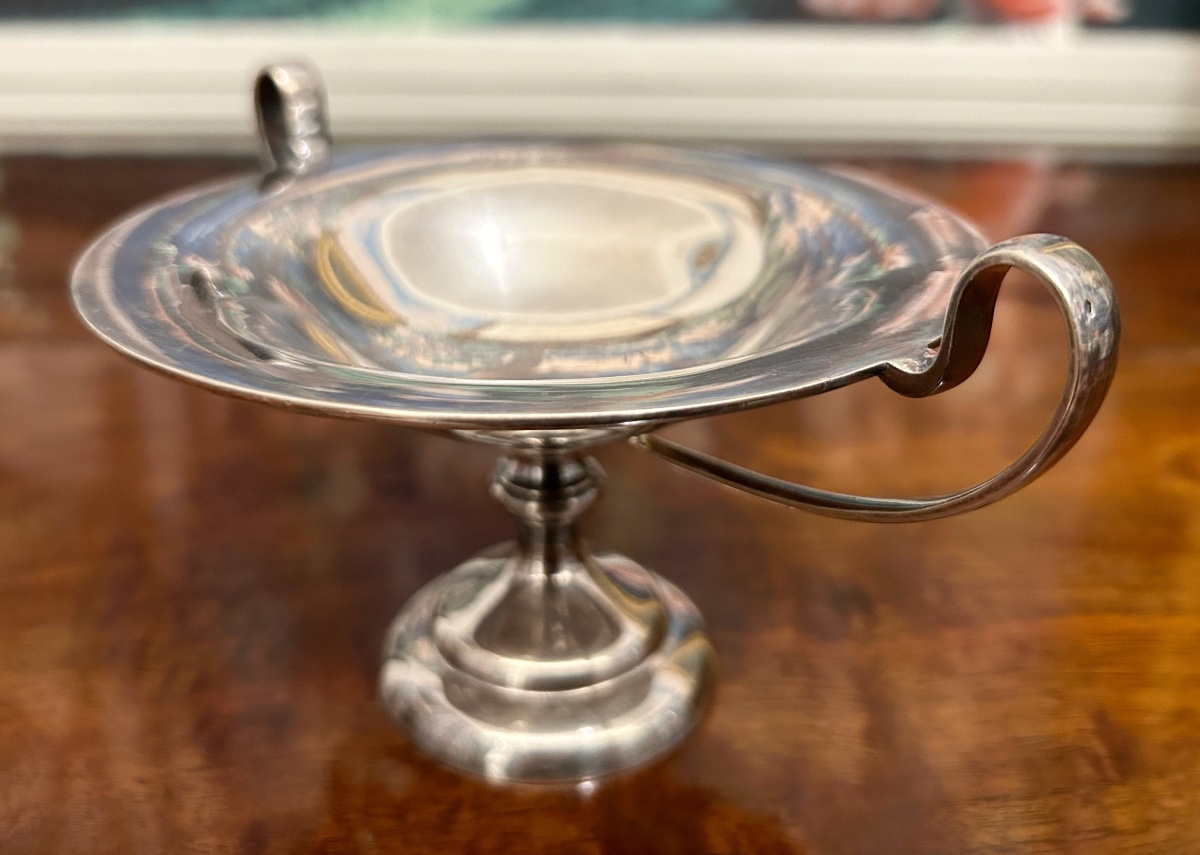
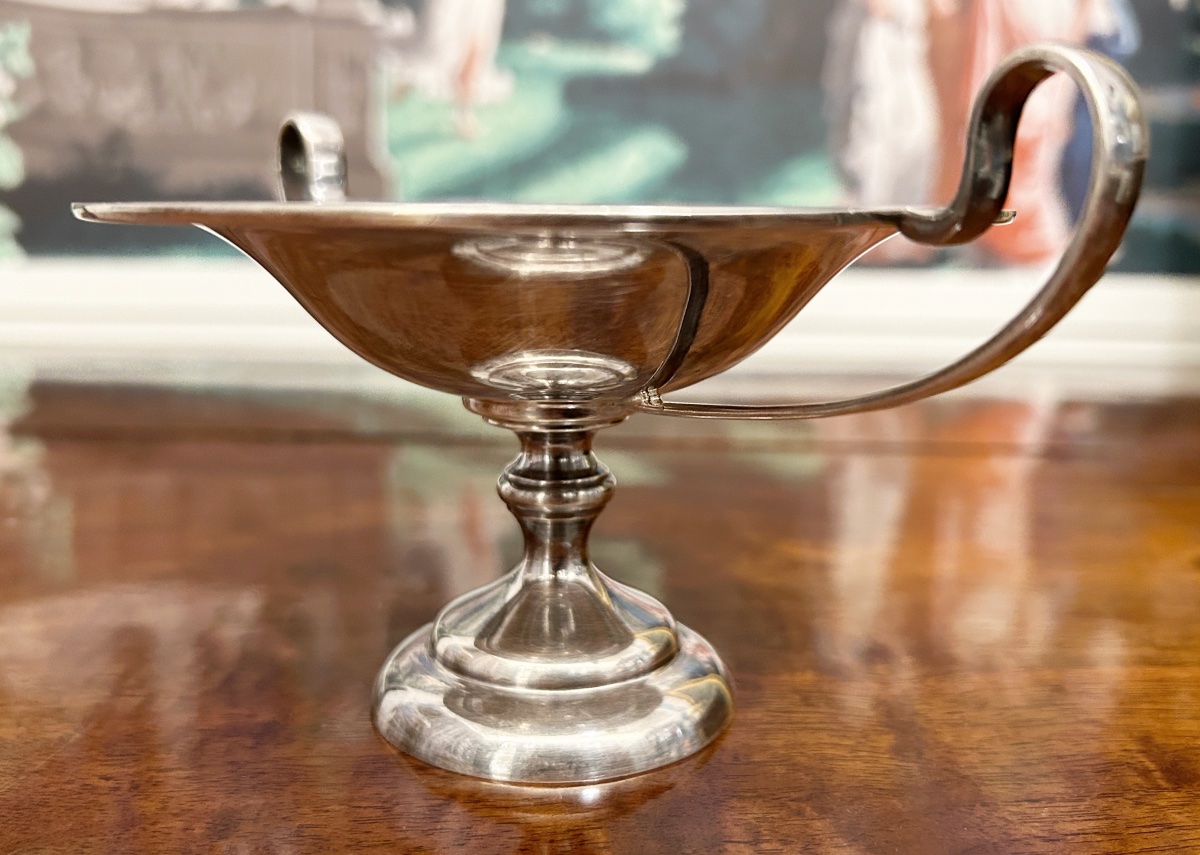
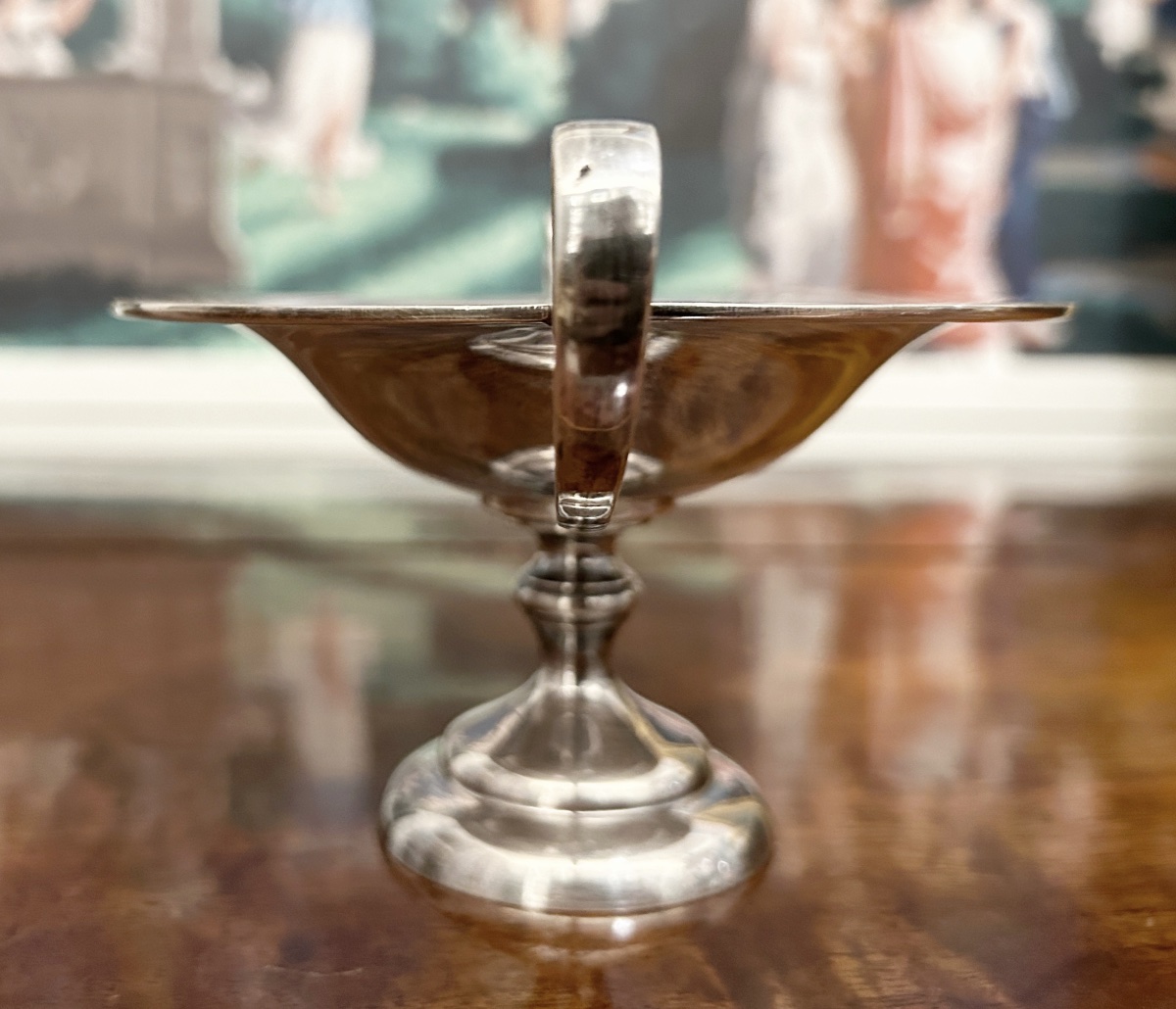
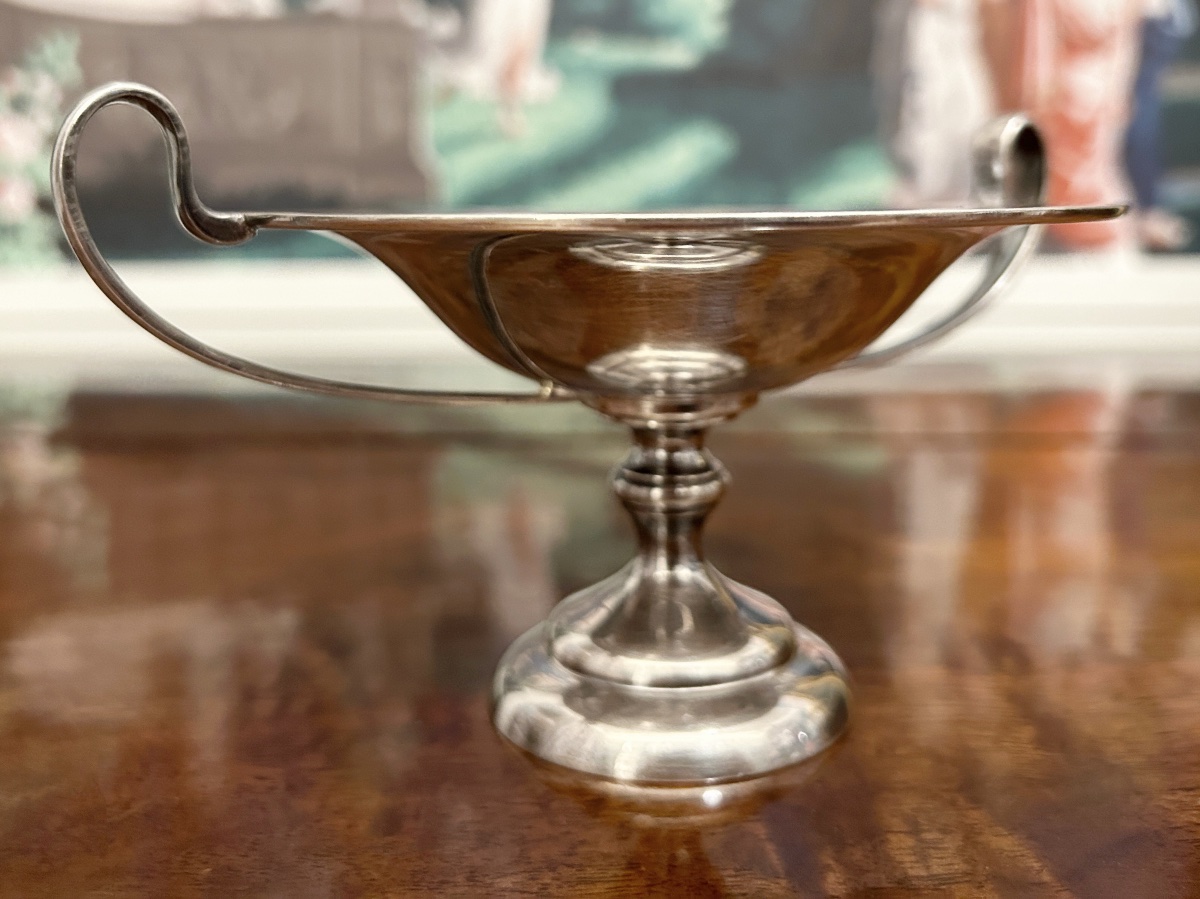

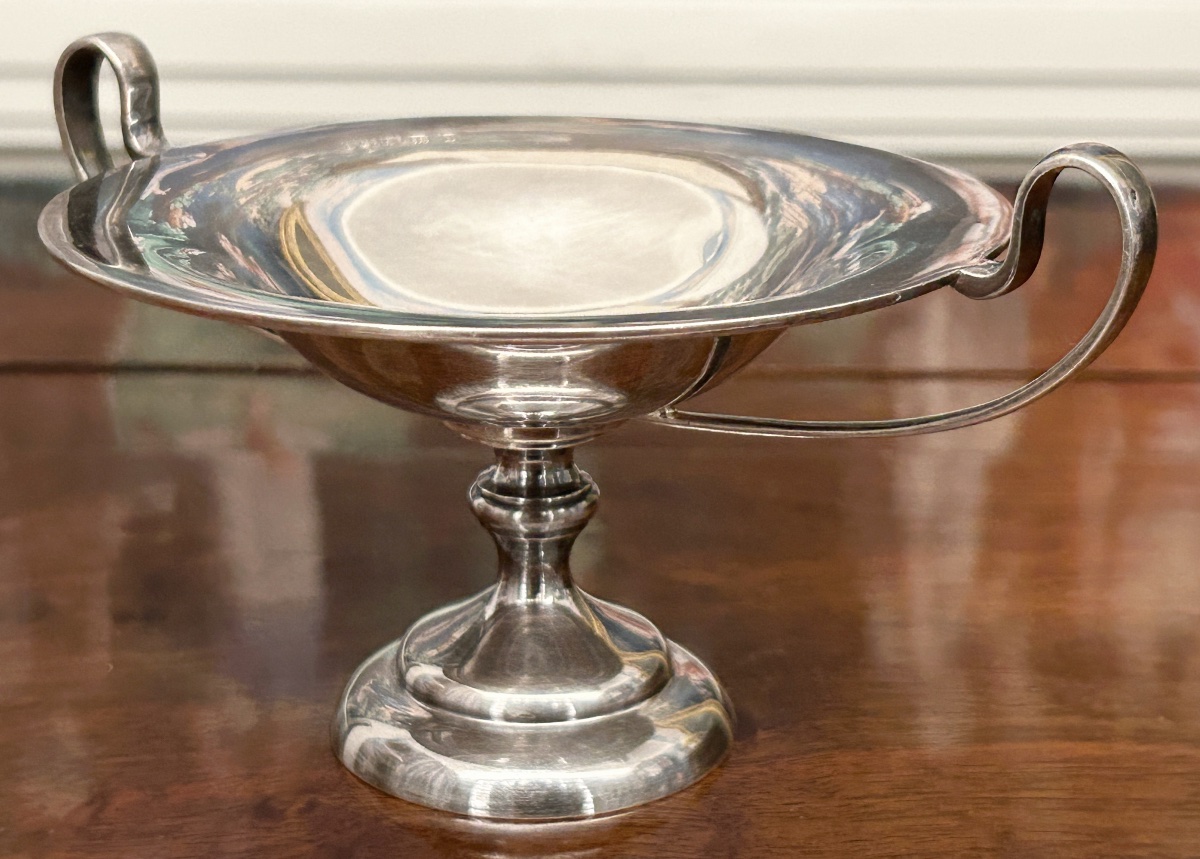
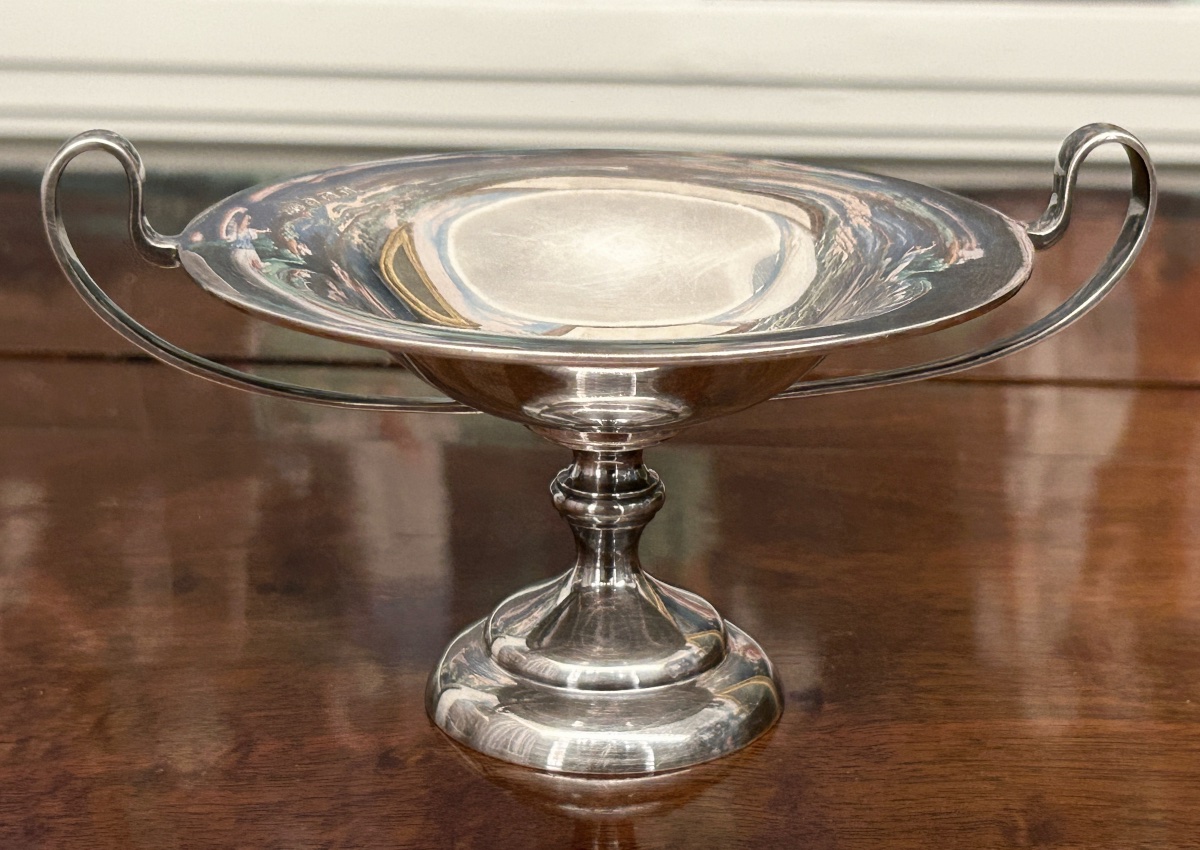
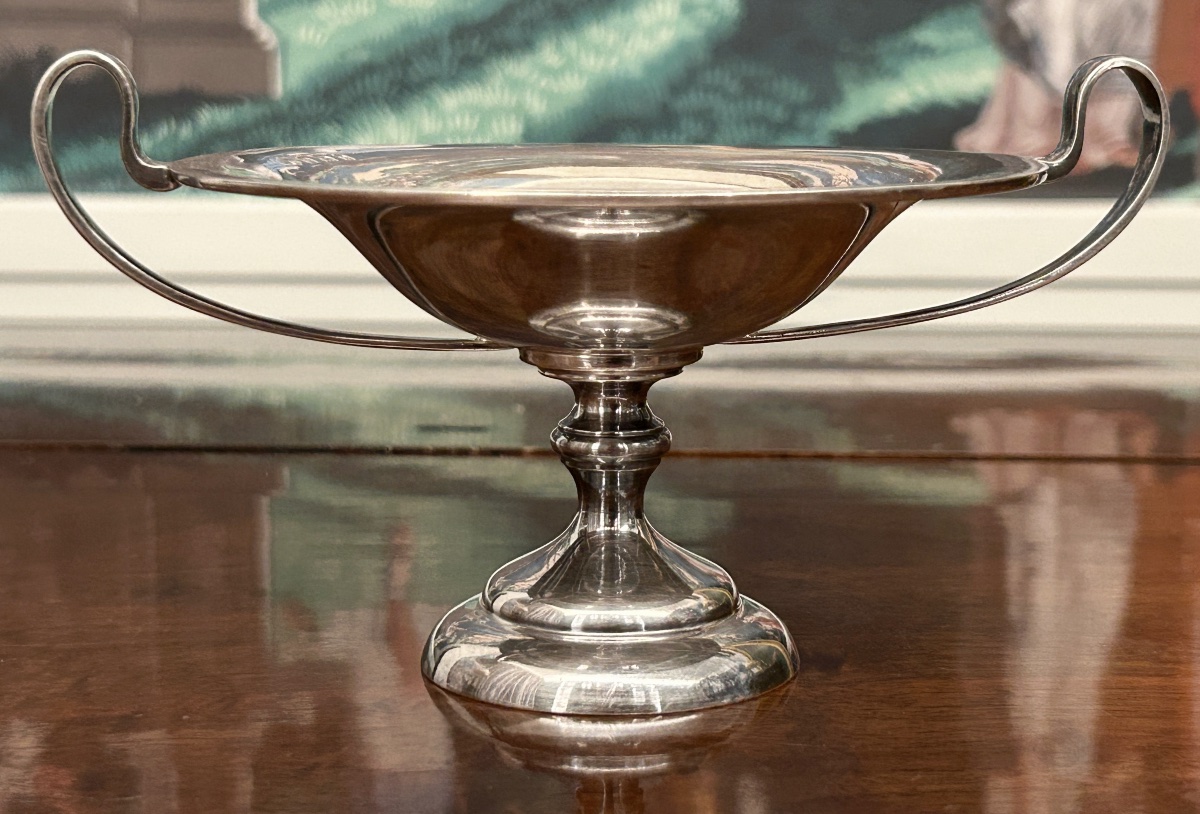
















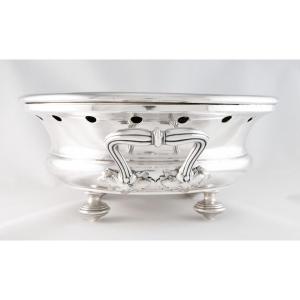


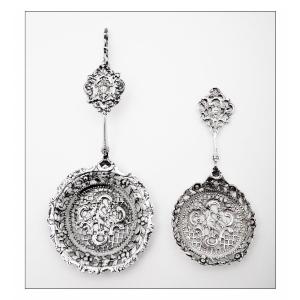



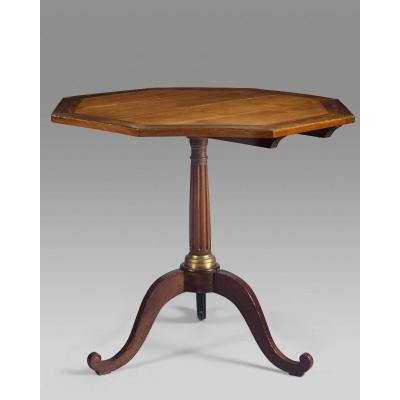

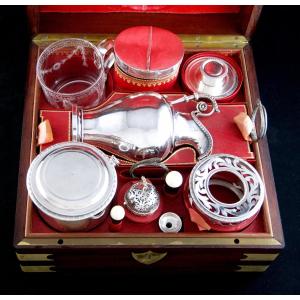
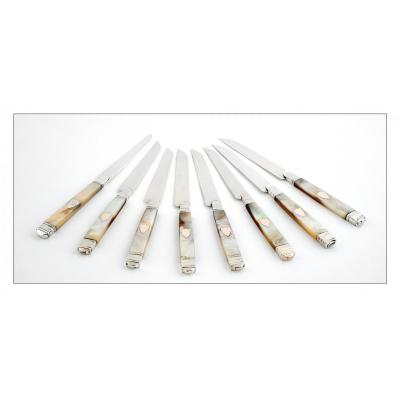

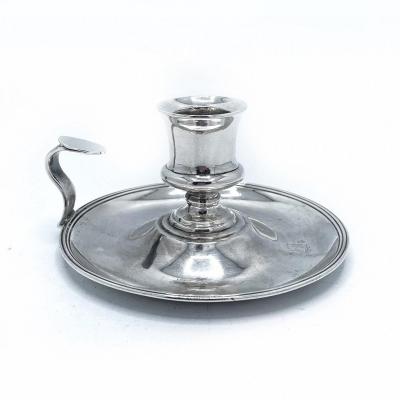

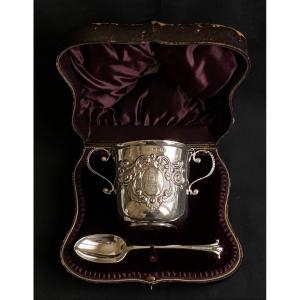

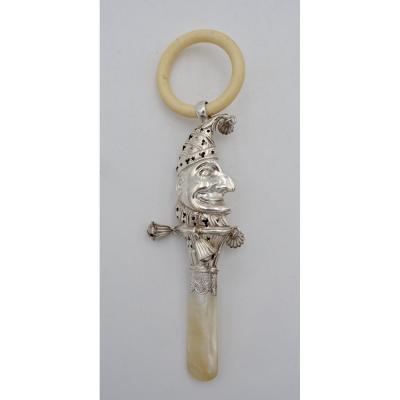



 Le Magazine de PROANTIC
Le Magazine de PROANTIC TRÉSORS Magazine
TRÉSORS Magazine Rivista Artiquariato
Rivista Artiquariato